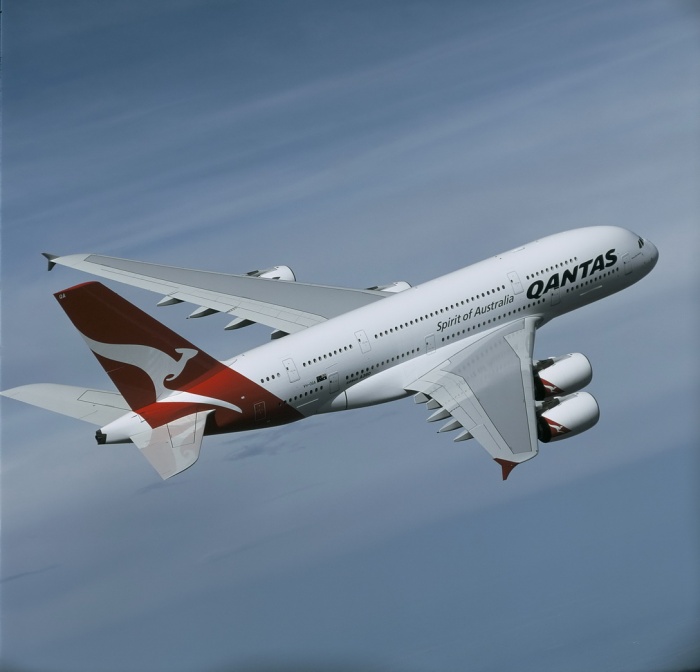
Qantas delays international return until end of October
Qantas and Jetstar are planning to restart regular international passenger flights to most destinations from October 31st.
The delay represents a four-month extension from the previous estimate of July, which had been in place since mid-2020.
The flag-carrier hopes the roll-out of the Covid-19 vaccine in Australia will be “effectively complete” by the deadline.
Capacity will be lower than pre-Covid levels, with frequencies and aircraft type deployed on each route in line with the projected recovery of international flying.
International capacity is not expected to fully recover until 2024.
Qantas is planning to resume flights to 22 of its 25 pre-Covid international destinations including Los Angeles, London, Singapore and Johannesburg from October.
Direct flights to New York, Santiago and Osaka will not return immediately, but the carrier said it remains committed to flying to these three destinations.
Jetstar plans to resume flights to all of its 13 international destinations.
Frequencies will be adjusted in line with the projected recovery of international flying.
ADVERTISEMENT
Qantas and Jetstar are planning for a significant increase in flights to and from New Zealand from July 1st.
Finance
At the same time, Qantas said it had continued to navigate the impacts of the Covid-19 crisis as it positions the company for recovery and balance sheet repair.
In the six-month period – which covered Victoria’s extended lockdown and nationwide border closures – the group said it managed to limit a AUS$6.9 billion drop in revenue into a AUS$1.03 billion underlying loss before tax.
The statutory loss before tax was AUS$1.47 billion.
Qantas Group chief executive, Alan Joyce, said: “These figures are stark but not surprising.
“During the half we saw the second wave in Victoria and the strictest domestic travel restrictions since the pandemic began.
“Virtually all of our international flying and 70 per cent of domestic flying stopped, and with it went three-quarters of our revenue.”

